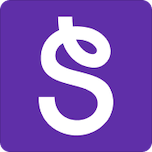Student Learning Reports are heading out across schools, and it always shifts the energy in classrooms. Teachers start thinking about evidence, documentation, and how clearly learning is being communicated. It’s actually a great moment to rethink how reflection fits into your planning. Not as an add-on, but as something that makes reporting smoother and makes learning more visible.
If reflection has felt messy or inconsistent this year, this should help.
🫠 Why Reflection Sometimes Falls Flat
A lot of classroom posts on Seesaw end up being a single photo with no context. Families see something like a worksheet or a half-finished project and aren’t sure what they’re looking at. Students don’t always know what to say because they weren’t focusing on the skills during the activity. When reflection is squeezed in at the end, answers get vague or disconnected. Think responses like “I’m proud I finished,” even if the task was really about collaboration or reasoning.
The issue isn’t effort. It’s timing. When reflection isn’t planned from the start, students don’t know what to pay attention to, and teachers don’t have the pieces they need to make a rich post.
🧱What Goes Into a Strong Portfolio Post (and Why It Matters)
A strong Seesaw (or other learning portfolio) post gives families a clear window into the learning and helps students understand their own progress. Each part builds on the others, so the post feels complete rather than pieced together.
🟢 Description of Learning Activity
This anchors the post. It tells families and students what the task actually was, which makes everything that follows make sense. When this is missing, even great evidence feels disconnected.
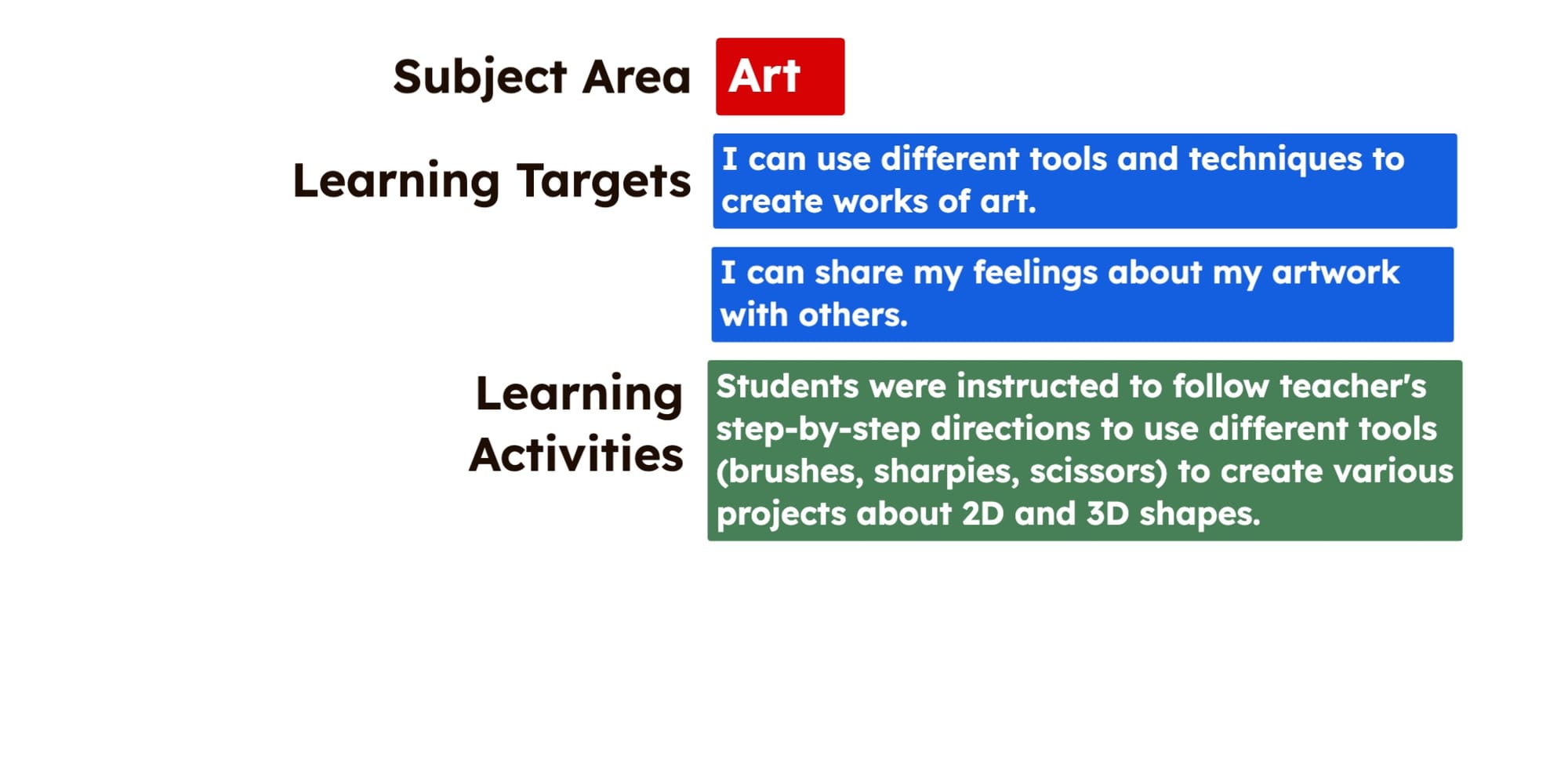
🔷 Evidence of Learning
This is the core of the post. Photos, videos, screenshots, or recordings show what the student did, how they approached the work, and what they produced. Capturing early, middle, and later stages of a task helps families see growth, not just a final product.
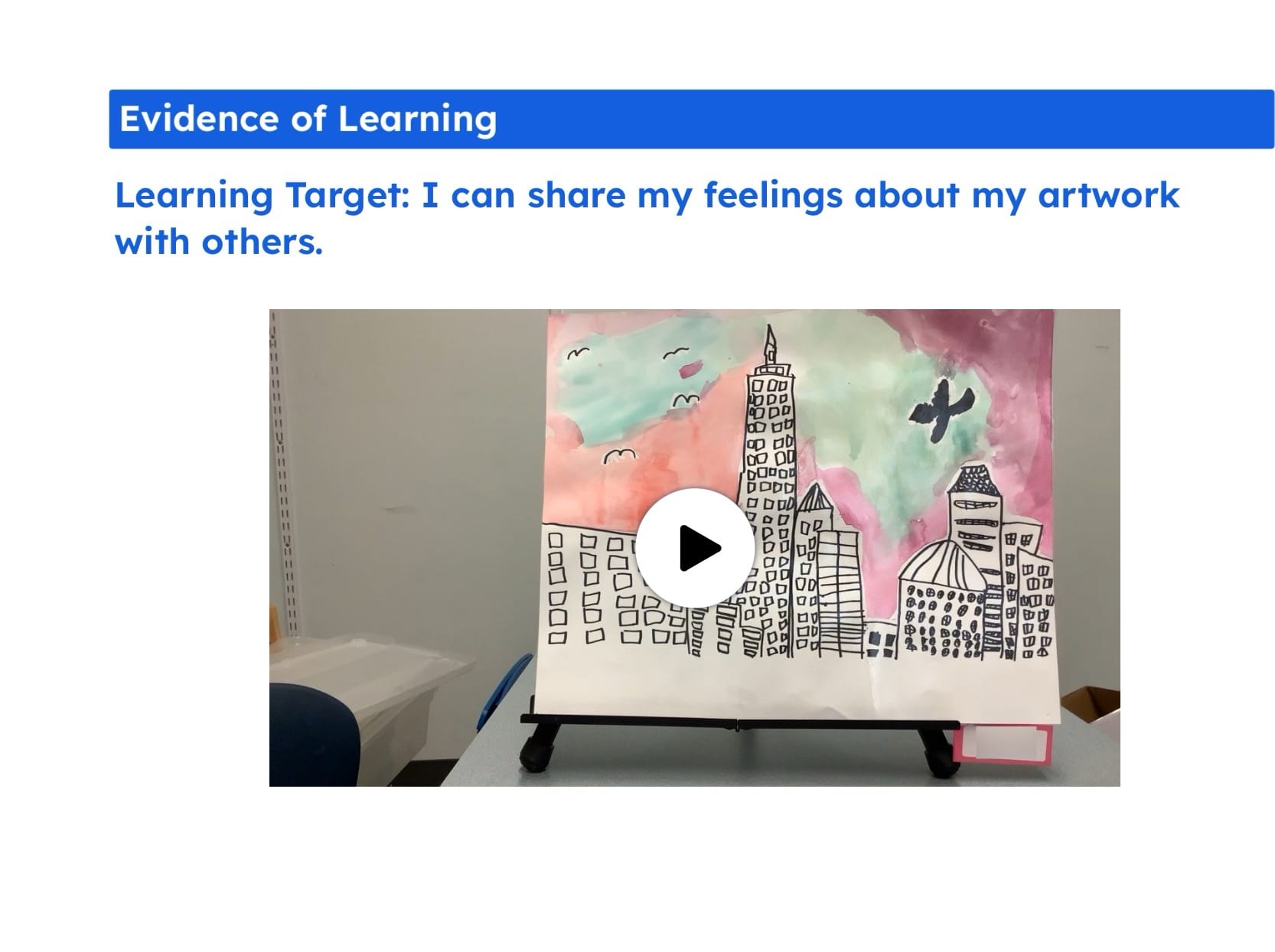
🟪 Student Voice
Reflection helps students name what they learned and how they grew. When prompts connect to an individual or class-wide core competency, students start noticing their skills in action rather than treating reflection like a checklist.
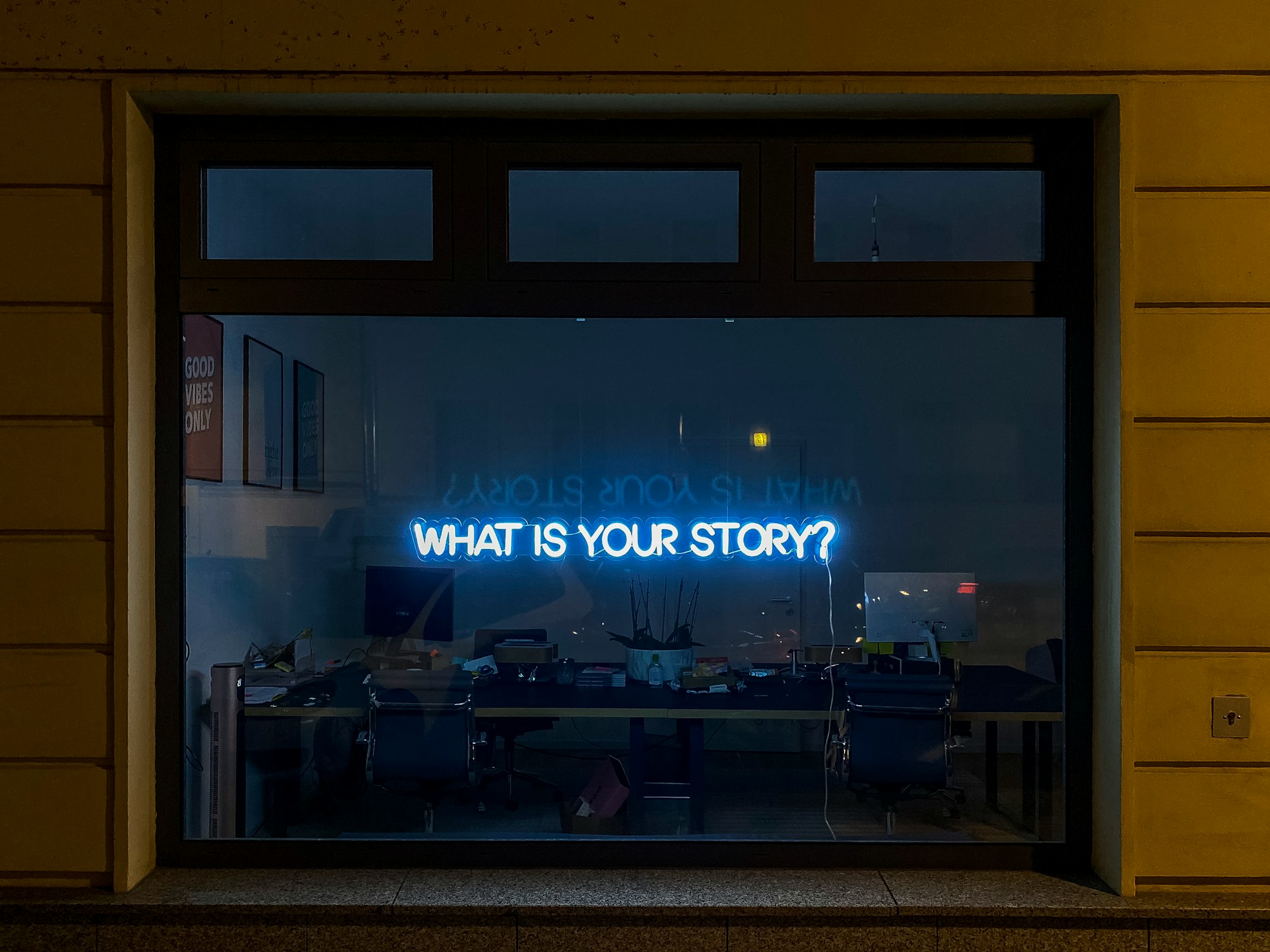
Advice on writing better reflection questions.
🚸 Teacher Voice
A clear, supportive comment rounds out the post. It helps students understand their next steps and gives families a sense of the learning progress they might not see from the evidence alone. Having comments prepped can speed this process up.
🧑🧒 Family Voice
A simple space for families to respond — even a single question or a quick note — strengthens the communication loop. Not every family will engage, but when they do, it reinforces the learning in meaningful ways.
Remember that even families need to learn how to give feedback. We like to scaffold parent comments with 2 stars and a wish.
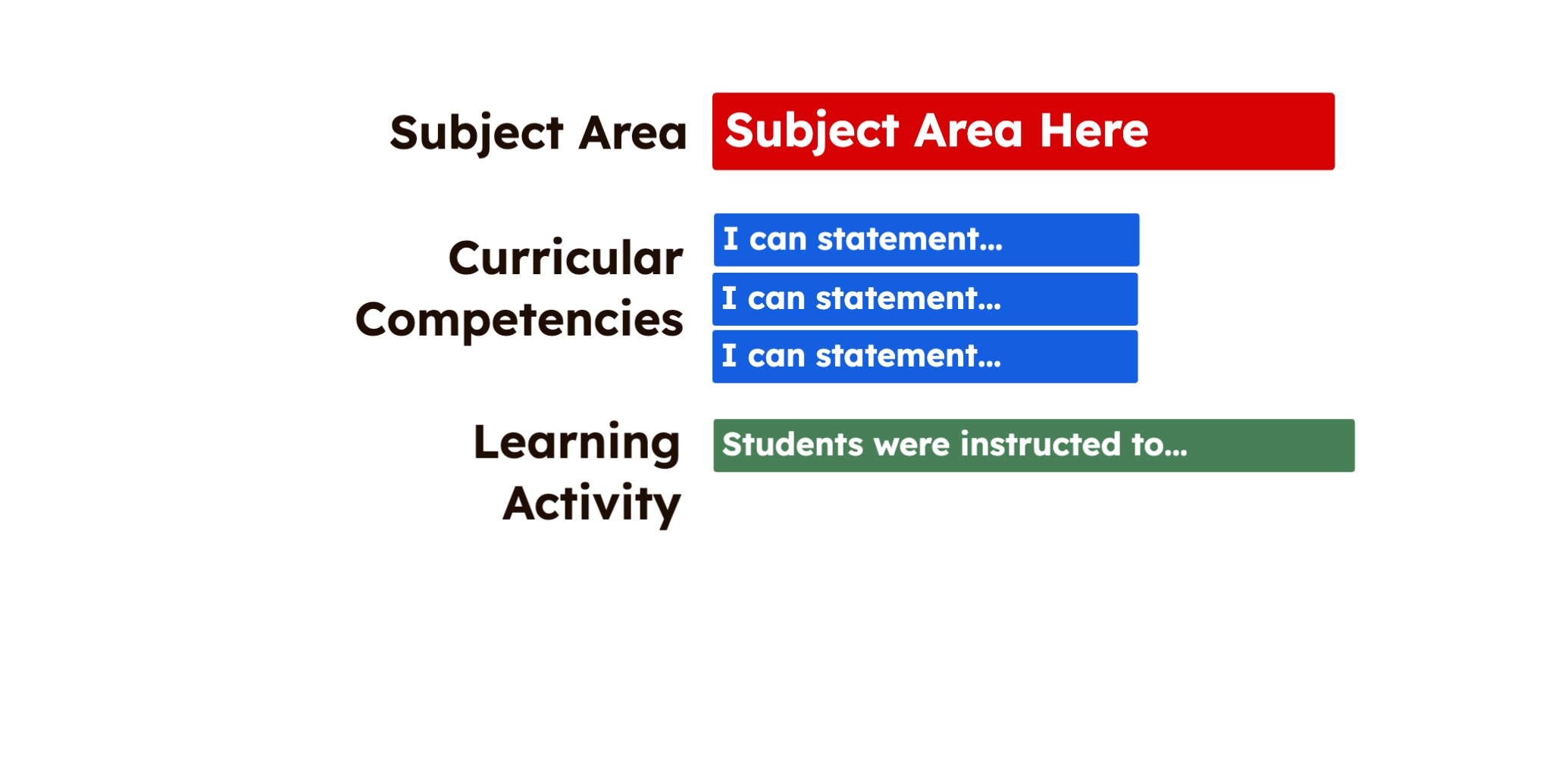
Here's a template to help you get started.
🛠️ How to Build This Into Planning
Good reflection starts before the lesson, not after it. Take a look at your plans and check if you’ve included the following:
A clear description of the learning activity that is both student and family friendly

A line in your plan naming the curricular competency in student friendly language

What evidence students will collect and when:
- Take pictures of predictions. 📸
- Record experiments on video. 📹
- Take a picture of completed comparison of prediction and actual measurements. 📏
Student reflection prompts linked to core competencies.

Teacher comment notes ready so they can be added quickly to the post

Focusing on Reflection 🧘
This time of year naturally brings learning into focus. Folding reflection into your planning can make everything more clear and more connected. When reflection becomes part of the plan, not something squeezed at the end, students understand their learning better and families get a clearer picture of what’s happening at school.
And remember at the end of the day portfolios aren’t just about assessment. Thoughtful reflection also helps capture the joy, curiosity, and whole-child moments that families rarely get to see.



